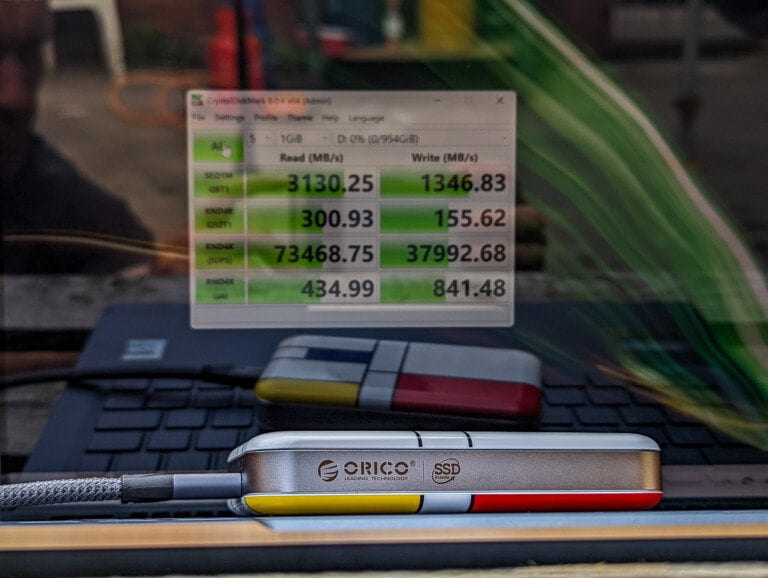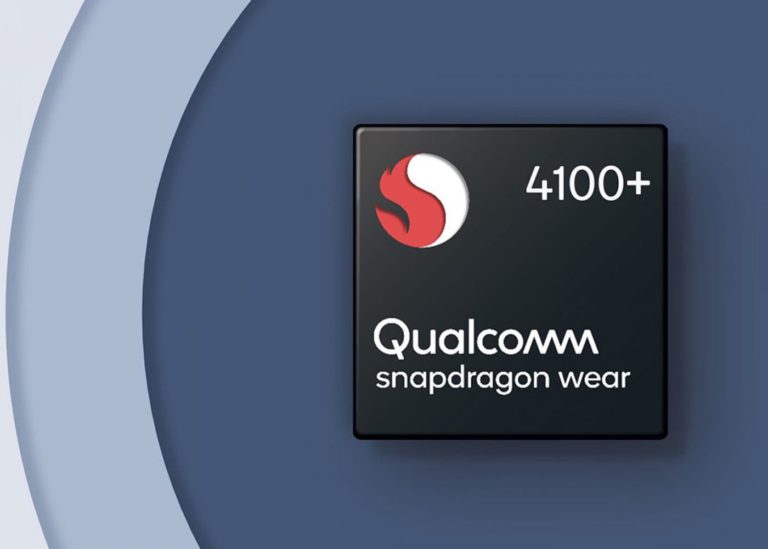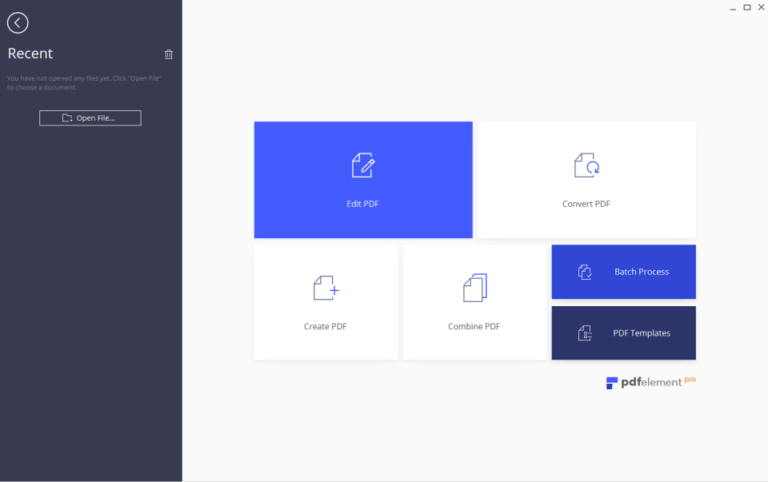Any links to online stores should be assumed to be affiliates. The company or PR agency provides all or most review samples. They have no control over my content, and I provide my honest opinion.
Recently I looked into the cost of using a desiccant dehumidifier to dry clothes in comparison to a heated clothes airer and the benefits it has on room warming.
Desiccant dehumidifiers have a bit of a bad reputation for using a lot of electricity and not being the most efficient way of reducing home humidity. Ebac is extremely vocal on this matter, with multiple articles on its website suggesting that they are ripping you off as they are not suitable for home use and will waste your energy.
Compressor dehumidifiers on Amazon
Desiccant dehumidifiers on Amazon
| Preview | Product | Rating | Price | |
|---|---|---|---|---|

| EcoAir DD1 Simple Blue MK3 Desiccant Dehumidifier | Rotary... |
£179.00 | Buy on Amazon | |

| Meaco Portable Dehumidifier DD8L - Compact Desiccant... | £199.99 | Buy on Amazon |
Why are desiccant dehumidifiers a bad choice for the home?
Their argument is that a desiccant dehumidifier is extremely good at removing moisture, too good, in fact. They will remove too much moisture from the air making it too dry. This will also promote the ingress of higher humidity air from the outdoors.
A compressor dehumidifier uses much less electricity to remove the same amount of air as a desiccant.
Compressor dehumidifiers require relatively warm environments, they will work from 3-35°C, but the ideal operating temperature is over 15°C. A desiccant dehumidifier will happily work at much lower temperatures, but this is not often a scenario UK homes face (that may be different with the cost of living crisis).
When I reviewed the Ebac 3850e compressor dehumidifier, it did seem that these dehumidifiers were a better solution for managing stable humidity levels within a home.
What are the benefits of a desiccant dehumidifier in the home?
The arguments that Ebac make against desiccant dehumidifiers ignores one of the benefits of a desiccant dehumidifier.
The higher electricity usage of a desiccant dehumidifier is because it has to dry out the desiccant material used to absorb water. The air coming out of a desiccant dehumidifier will be around 10-12°C warmer, whereas a compressor desiccant is only a couple of degrees warmer (this is why they use less electricity).
If you have a nice warm house, then a compressor is the more logical choice, but if you want the benefits of room warming, then a desiccant dehumidifier is well worth considering.
Furthermore, a desiccant dehumidifier is more efficient at heating a room than an electrical heater.
Cost of running a Desiccant vs Compressor Dehumidifier
For my testing, I have been using the Airthings View Plus to monitor humidity and temperature, and it has been incredibly useful for providing insight, thanks to the historical graphs. For electricity, I have been using the TP-Link Tapo P110, which is a superb affordable smart plug with energy monitoring.
Desiccant Dehumidifier
| Preview | Product | Rating | Price | |
|---|---|---|---|---|

| EcoAir DD1 Simple Blue MK3 Desiccant Dehumidifier | Rotary... |
£179.00 | Buy on Amazon |

With my EcoAir DD1 desiccant dehumidifier set to the maximum will use 668W. When I was drying clothes, over a 5 hour 30 minute period, it dropped the humidity from 73% to 59% using 3.71kWh of electricity and raised the temperature in my large front room by 1.5°C from 16.7°C to 18.2°C.
With an example unit rate of 34p/kWh based on the current price gap guarantee (which is now only guaranteed for six months), this would work out as £1.26. In that scenario, it dried most of the clothes that were on my switched-off Dry:Soon airer.
That’s quite expensive, being more expensive to dry my clothes than the Dry:Soon airer and almost twice the price of a heat pump tumble dryer. However, it also reduced humidity, whereas the Dry:Soon increased room humidity from 59% to 81%, and there was the added benefit of a little warmth.
Compressor Dehumidifier
| Preview | Product | Rating | Price | |
|---|---|---|---|---|

| Ebac 2250e 15 Litre Dehumidifier for Condensation, Damp and... | Buy on Amazon | ||

| NETTA 12L/Day Low Energy Dehumidifier - Digital Control... |
£119.99 | Buy on Amazon |

As for the compressor dehumidifier, this uses just 183W of electricity. That’s not only a lot less than the desiccant dehumidifier but around 47% less electricity than the Dry:Soon airer (340W).
The Ebac 3850e uses smart control to monitor and remove humidity. It won’t remove humidity as aggressively as a desiccant, but it does so more efficiently.
In just one hour, the compressor dehumidifier removed room humidity from 77% down to 73% and used 0.18kWh. The temperature increased 0.2°C.


In the above graph, the humidifier was left on throughout the day in max mode. Throughout the 12-hour period, it used just 2kw of electricity, reducing the humidity from a peak of 68% down to 52%.
The Ebac 3850e doesn’t give off much heat, but the reduced humidity does aid in drying clothes. It has a clothes dryer option which increases the dehumidifier performance removing as much humidity as possible for two hours.
I find that the clothes drying performance is OK with the Ebac. It is much slower than the other options, and I find that you need to make sure your clothes are properly spaced out. However, the running costs and overall benefits of reduced humidity make it an appealing option vs the Dry:Soon or the desiccant dehumidifier.
It can take several hours to dry things, so you may want to avoid drying anything too thick and heavy in order to avoid that musty smell from slow drying, or at least make sure it is spread out fully.
However, it can still dry bigger items. I went away for the night, so I took the opportunity to wash and dry my thick feather mattress protector and when I returned, it was dry with no noticeable musty smell.
Overall
The compressor dehumidifier is, without a doubt, more cost-efficient at reducing humidity levels in my home. It is arguably a cost-efficient solution for drying clothes, too and will likely work well if you are drying your clothes in an already warm house.
My next experiment will be to run the Dry:Soon in conjunction with the Ebac 3850e compressor dehumidifier. This should keep humidity levels low while also using less electricity using both of these appliances together rather than the desiccant dehumidifier by itself. The issue with this scenario is the cost of buying two different appliances, but I already own them, so it is not an issue for me.
These tests have not factored in the upfront cost of these devices. In particular, the Dry:Soon and Ebac 3850e are quite expensive at £190 and £370, respectively. The EcoAir DD1 is also £150.
The cheapest Ebac is the 15, which is £219, but the Ebac 4250 may be the better option at £269 as it has a lower power consumption (around 150W) and smart control.
I am James, a UK-based tech enthusiast and the Editor and Owner of Mighty Gadget, which I’ve proudly run since 2007. Passionate about all things technology, my expertise spans from computers and networking to mobile, wearables, and smart home devices.
As a fitness fanatic who loves running and cycling, I also have a keen interest in fitness-related technology, and I take every opportunity to cover this niche on my blog. My diverse interests allow me to bring a unique perspective to tech blogging, merging lifestyle, fitness, and the latest tech trends.
In my academic pursuits, I earned a BSc in Information Systems Design from UCLAN, before advancing my learning with a Master’s Degree in Computing. This advanced study also included Cisco CCNA accreditation, further demonstrating my commitment to understanding and staying ahead of the technology curve.
I’m proud to share that Vuelio has consistently ranked Mighty Gadget as one of the top technology blogs in the UK. With my dedication to technology and drive to share my insights, I aim to continue providing my readers with engaging and informative content.
Last update on 2025-07-12 / Affiliate links / Images from Amazon Product Advertising API






